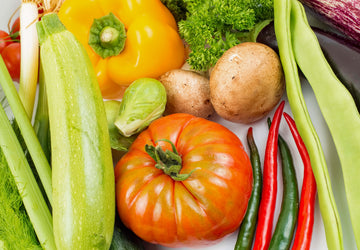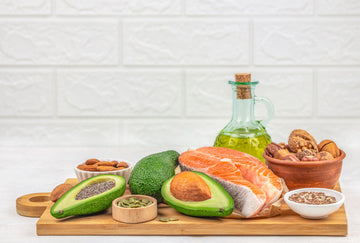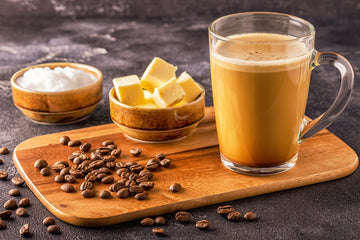The ketogenic diet is characterized by a greatly reduced carbohydrate intake, which puts the body into a state of ketosis. Healthy fats and moderate proteins are the focus of the menu. But what happens to fiber? It is often assumed that a ketogenic diet contains too little of it, since many fiber-rich foods are also high in carbohydrates.
Why fiber is important
Fiber is an indigestible carbohydrate that plays an essential role in digestion. It promotes gut health and contributes to a healthy digestive system. It also helps increase the feeling of satiety, which can be particularly beneficial on a special diet such as keto.
How much fiber should you consume on the keto diet?
The recommended fiber intake is about 25–30 grams per day , according to nutrition societies. However, it is often difficult to achieve this amount on the ketogenic diet, which aims for very low net carb intake. Many people on the ketogenic diet adjust fiber intake to their individual net carb limits.
In practice, this means that the actual intake of fiber is often lower. To ensure adequate intake, high-fiber but low-carbohydrate foods such as non-starchy vegetables, seeds and certain nuts should play an important role in the diet.
High-fiber foods and their integration into the keto diet
Even on a ketogenic diet, it's important to include fiber-rich foods in your diet. Some keto-friendly options not only provide valuable fiber but also contain few net carbs. The best sources include:
Non-starchy vegetables such as broccoli, cauliflower, zucchini, spinach and cucumber. These vegetables provide fiber without exceeding the carbohydrate limit and are great as side dishes or as a base for salads.
Seeds and husks, including psyllium husks, chia seeds and flax seeds, which have a wide range of uses. For example, psyllium husks can be dissolved in water or incorporated into baking recipes, while chia seeds are perfect for pudding or as a topping.
Nuts and seeds such as almonds, walnuts and macadamia nuts, which offer a good combination of healthy fats and fiber and are ideal as a snack or ingredient in salads.
Conscious meal planning makes it easier to regularly incorporate these fiber-rich foods. One example is combining psyllium husks with water or using vegetables as a side dish to protein-rich main dishes. Chia seeds can also be an interesting base for keto-friendly desserts.
Don't neglect fiber even on keto
Although the ketogenic diet requires a reduced carbohydrate intake, there are many ways to incorporate fiber-rich foods. A sufficient fiber intake of around 25-30 grams per day can also be achieved on keto by specifically incorporating non-starchy vegetables, seeds and nuts into the diet. This way, the diet remains balanced and you benefit from the advantages of healthy digestion.




